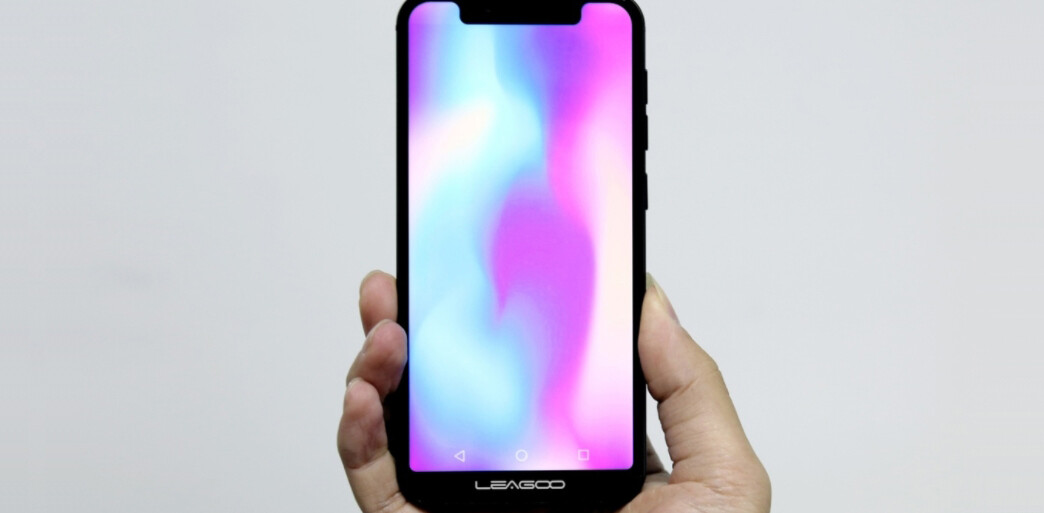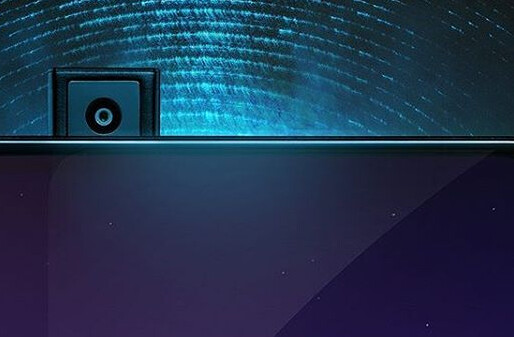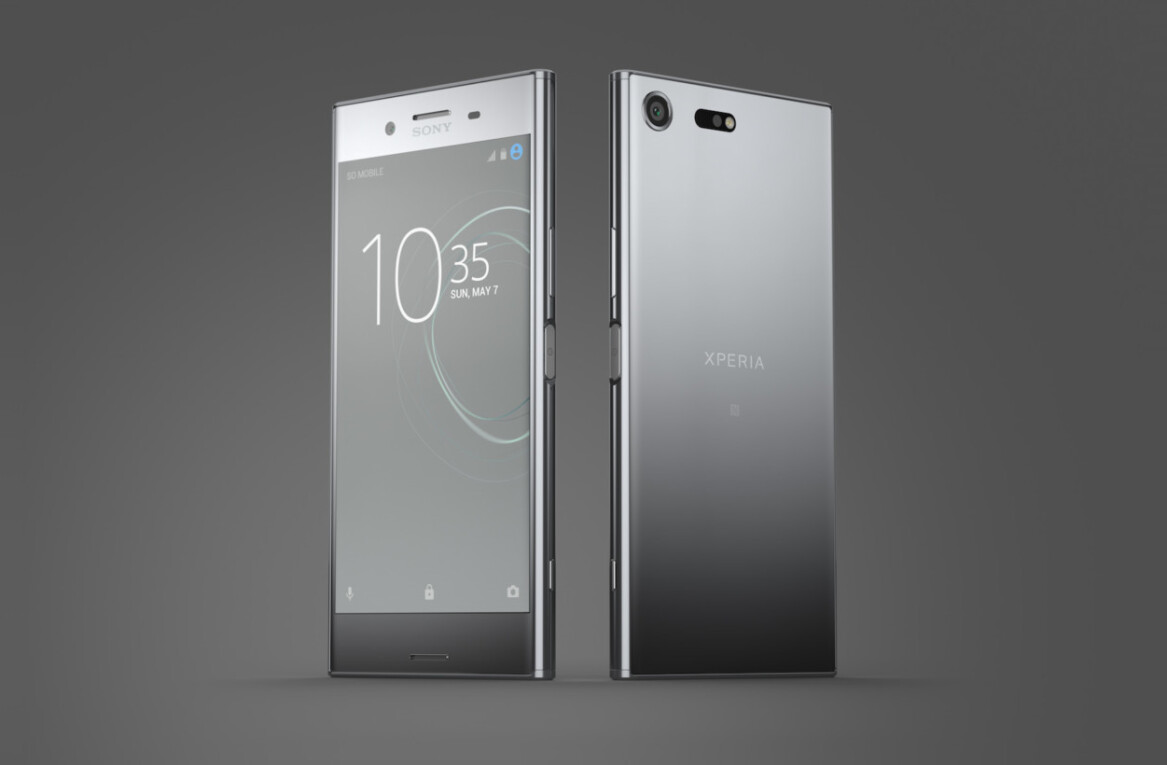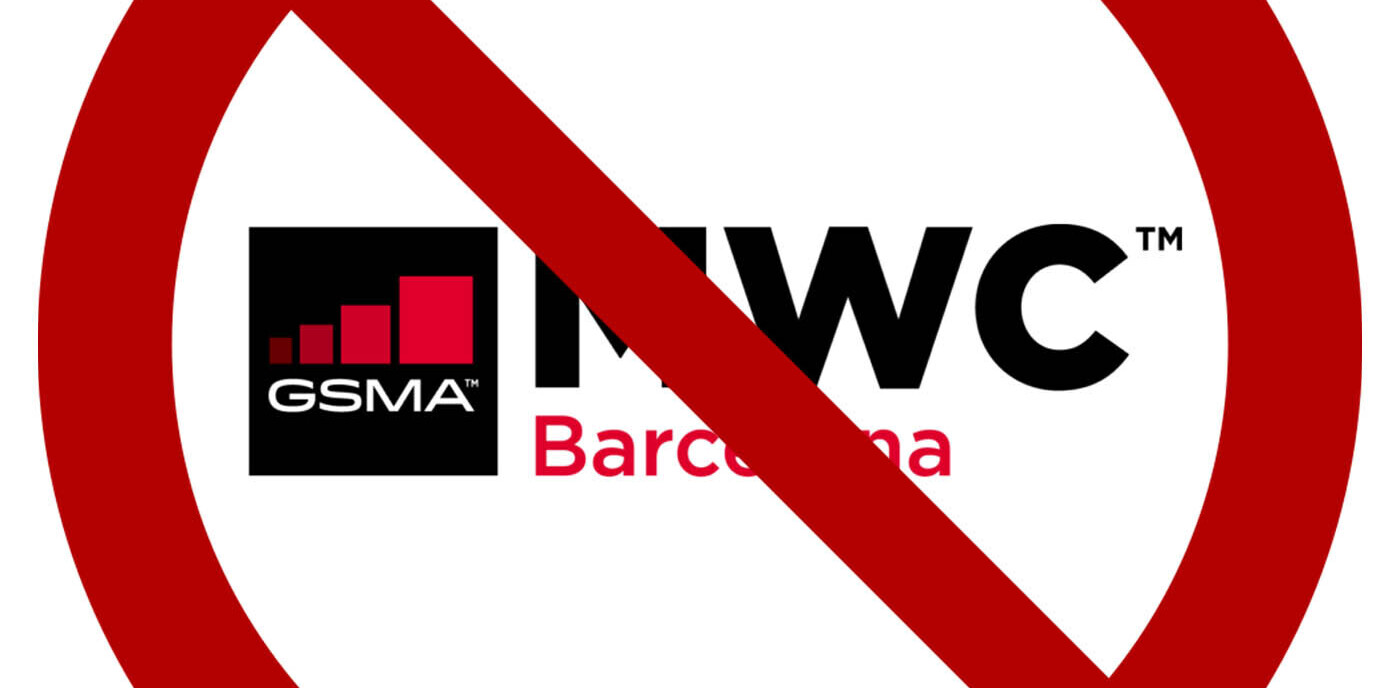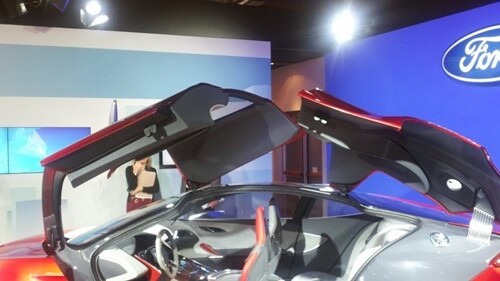
Two weeks ago, we reported that Ford was to launch a new tech-focused automobile at Mobile World Congress in Barcelona, making it the first ever car to launch at the mobile industry’s flagship event.
Alongside the company’s Chief Technology Officer (CTO) Paul Mascarenas, Ford’s Executive Chairman Bill Ford, the great grandson of original founder Henry Ford, unveiled the B-MAX at the launch event today. And anyone who’s been monitoring the company’s activity on the other side of the Atlantic will likely have guessed that the main relevance to MWC was its voice-activated in-car connectivity system Sync, which has already been rolled out in more than four million cars across the US since 2007. Think of it as Siri for your car.
The event also saw Ford lay out its vision for in-car technology over the next few years, as it plans to target 13 million drivers with Sync by 2015, 3.5 million in Europe alone.
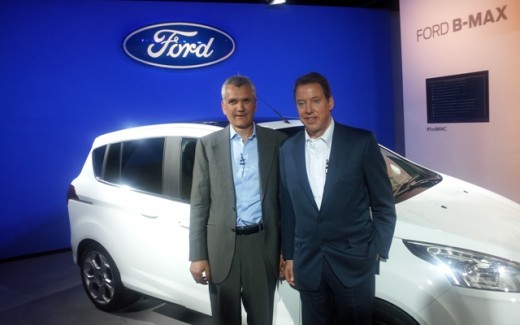
Sync can read aloud incoming SMS text messages from compatible mobile phones, and it works with a variety of digital music players, including iPod and USB flash drives. The system automatically updates phonebook entries, while audio files can be browsed by genre, artist, album, song and playlist using simple voice commands. The USB port also enables the implementation of software upgrades for future enhancements and features.
Developed in association with speech technology specialist Nuance, Sync will initially support UK English, French (EU), Spanish (EU), Portuguese (EU), German, Italian, Turkish, Dutch and Russian. Users will be able to issue instructions such as “call (contact name)” or “play artist (artist name)”.
Emergency Assistance
Ford announced that Sync will come with a fully localized Emergency Assistance feature too, which automatically contacts local emergency services after a serious accident, in the correct language for the region. It will be available in more than 30 countries across Europe and beyond.
During the development of the Emergency Assistance feature, Ford worked with the European Emergency Number Association (EENA) to produce the system design, as the EENA wants to ensure a high level of response to emergency number calls across Europe.
How does it work? Well, the activation of an airbag or the vehicle’s emergency fuel pump shut-off prompts the vehicle to initiate an emergency call, using an introductory message, through the occupant’s Bluetooth connected mobile phone. The message is transmitted in the appropriate local language based on the GPS coordinates of the vehicle. It will be a free service for the lifetime of the vehicle, and doesn’t require a subscription or registration.
What else?
In addition to to Sync and the Emergency Assistance feature, the B-MAX will include Ford’s Active City Stop system, which is designed to help motorists avoid low-speed collisions with stationary or slower-moving traffic in front, and Hill Start Assist, which prevents the car from rolling backward after the driver has come to a stop on a slope or hill, and a Rear View Camera.
We’ve previously written about how 2012 will be the year of convergence for the humble automobile, but we’ve already seen some of the technologies that could be coming to cars in the future.
Last February we saw how ‘social’ could be integrated within cars with the Chevy Cruze, which unveiled a feature which reads back a driver’s Facebook status updates. Can we expect similar features with Ford in the future? It seems not. “We’re not advocating social media in the vehicle,” says Mascarenas. “Purely because of the relevance and the context of that. We’re focusing on things that are relevant to the driving experience. ”
Indeed, Facebook, Twitter and such like could perhaps be construed as ‘overkill’, as noted by Mascarenas, and just because you CAN include a feature doesn’t mean you should. What you leave out is just as important as what you include, and this applies to just about any good product design principles.
The concept car: A window into the future
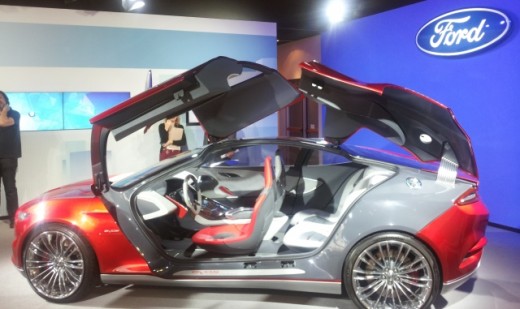
I’m not the world’s biggest car aficionado, but it was hard not to be impressed by the Ford Evos, the concept car it first unveiled late last year. “Evos is an absolutely stunning design, and it’s a design that shows the future direction of our vehicles,” says Mascarenas. “You’ll be starting to see that on the roads very soon, for example when we launch the new Mondeo next year. It’s also about its cloud connectivity, once we cloud connect the vehicle, it’s really about a vehicle that gets to know you, your personality and your preferences. For example, knowing the type of music you listen to and giving you a very seamless experience. Or the way you like to set your climate control, and setting the temperature in your vehicle. You have this seamless experience between your home, your office and the vehicle.”
You can monitor all our MWC coverage here. Meanwhile, here’s Paul Mascarenas talking to The Next Web about the roll-out of Sync across Europe.
Get the TNW newsletter
Get the most important tech news in your inbox each week.

